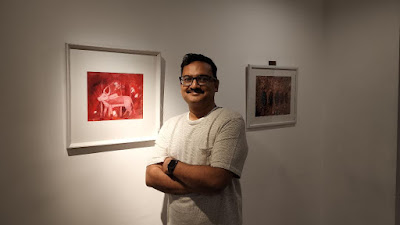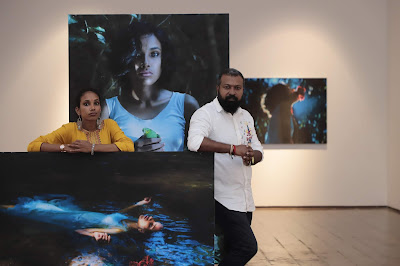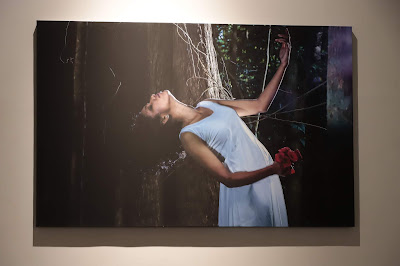By
Shevlin Sebastian
Photos:
The Bhagavathy Shrine; (from left): Rose Tharakan (extreme left)
handing over the property deeds to Surendran, president of the
Vadakkinezhath Bhagavathi Temple Trust. Others in the photo include
Hormis Tharakan, former Director-General of Kerala Police, Ward
Member Binu Subhagan, Ezhupunna Panchayat President Shyamalakumari,
State Finance Minister Thomas Isaac and Alappuzha MP AM Ariff
It
was a cloudy afternoon on September 10. But the mood was festive on
the island of Kakkathuruthu (Island of Crows), which is 18 km from
Kochi. A small white shamiana, with a conical top, had been put up.
On
the dais, there were dignitaries like Finance Minister Thomas Isaac,
the Alappuzha MP Ariff AM, former director-general of Kerala Police,
Hormis Tharakan, his sister-in-law Rose and the Ezhupunna Panchayat
President Shyamalakumari and Ward member Binu Subhagan. On the table
in front was a photo of Rose’s husband, PK Joseph Tharakan, who
passed away on August 15, 2016, at the age of 77.
On
the island live 214 families, who comprise farmers and fishermen.
While there is a resort on one side, called ‘Kayal Island Resort’,
which is run by entrepreneur Maneesha Panicker, a large section of
the island is owned by the Tharakan family.
The
people had gathered for a giving-away ceremony. For years, the people
would get permission and have annual prayers at a small Bhagavathy
shrine on Joseph Tharakan’s land. Now, in memory of Joseph, Rose
was giving away six cents, and another six has been bought by the
islanders. “The local people had no place for worship on the
island,” says Hormis. “So, now, a proper temple can be put up.”
Interestingly,
Kochi Biennale co-founder Riyas Komu has offered to design the
temple. He had visited the island along with Hormis and was much
taken up the simplicity of the people, and the untouched nature of
the island. “If the people agree for me to do it, then I will take
into account the beliefs and rituals which are followed,” he says.
“The aim is to use the local resources and set up an indigenous
space for worship.”
After
the ceremony, it was the turn of folk singer Rashmi Satheesh. And as
Maneesha says, “The beautiful evening was brought to life by Rashmi
who is also an actor and activist. As soon as the islanders heard her
deep voice and revolutionary lyrics, they felt an instant camaraderie
and within minutes everyone was dancing,” she says.
Incidentally,
Kakkathuruthu hit the international spotlight when it was featured in
the National Geographic feature, 'Around The World in 24 hours': one
exotic place is featured for every hour. For Kakkathuruthu, the time
selected was 6 p.m., for its sunset.
But
now it is going to a perpetual sunrise for the villagers, who will
have a place of worship they can call their own.
(The
New Indian Express, Kochi)




















